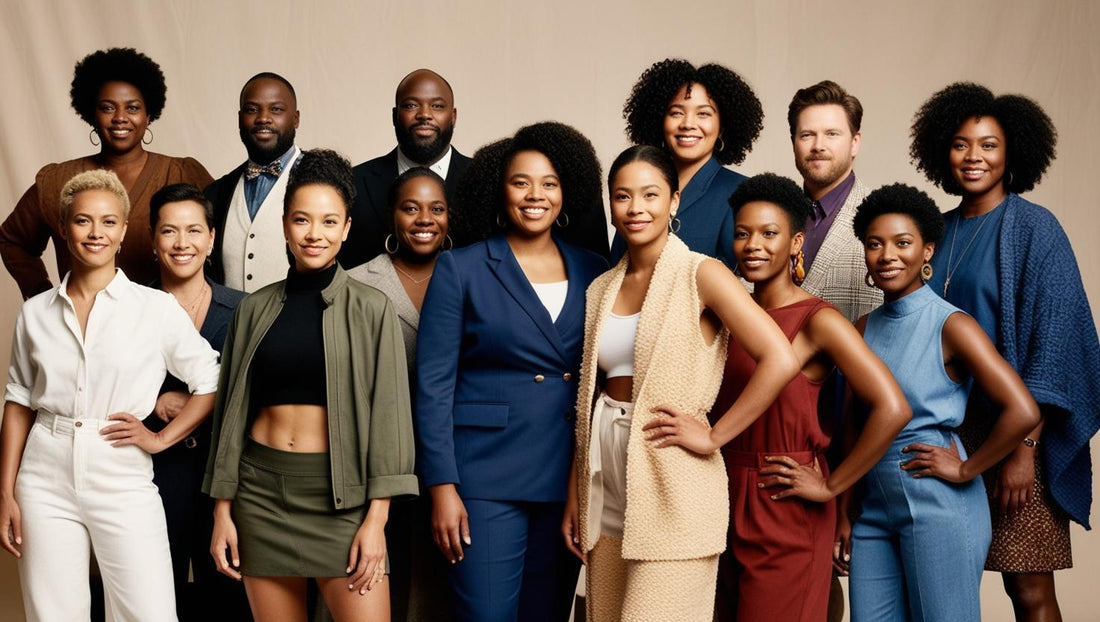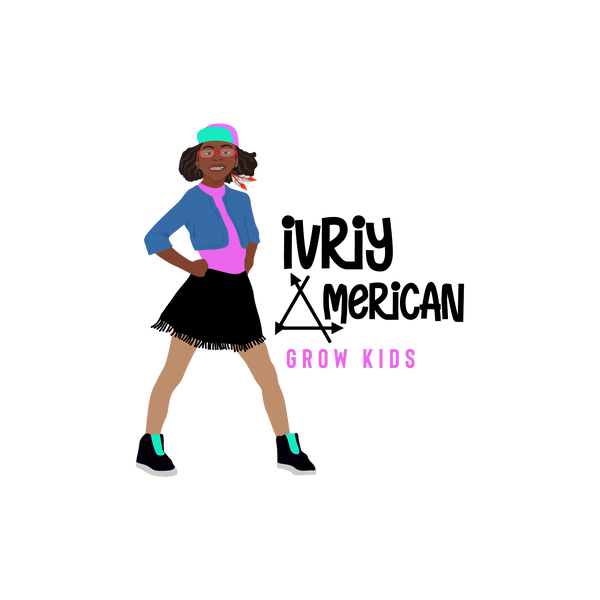
How Clothing Builds Confidence and Authenticity
Share
The Quiet Power of What We Wear
Step in front of a mirror and you’ll see more than fabric and thread; you’ll see a reflection of how you feel inside. Authentic style isn’t just about following trends — it’s about reflecting your truth. When your wardrobe aligns with your values, background, and aspirations, every outfit becomes a statement of self‑respect. That intentional alignment nurtures confidence through fashion: you’re not just dressing for the day; you’re dressing with purpose.
In recent years, psychologists have explored “enclothed cognition,” the idea that what we wear influences our mental state. Participants who donned a doctor’s coat demonstrated sharper focus; those in painter’s coats showed higher creativity. The lesson translates to daily life: clothes can unlock aspects of our identity that we want to highlight. When you curate an authentic style, you continuously reinforce the most empowered version of yourself.
1. The Psychology of Clothing and Self‑Belief
Clothing functions on three subconscious levels:
-
Symbolic Meaning
Every garment carries cultural or personal symbolism. A vintage varsity jacket might evoke achievement; a traditional textile might honor heritage. Wearing items with personal symbolism reminds you — and tells the world — what matters most to you. -
Social Feedback Loop
Others respond to the cues your outfit sends. Positive feedback (“Great jacket!”) mirrors confidence back to you, creating a reinforcing cycle. -
Sensory Anchoring
Texture, fit, and color trigger physiological responses. Soft fabrics calm the nervous system; bold hues elevate energy. Well‑fitted clothes improve posture and, by extension, mood.
Because these layers intertwine, your clothing becomes a powerful, ever‑present tool for self‑affirmation.
2. What Makes a Style “Authentic”?
“Authentic style” means your outward appearance harmonizes with your inner compass. Three factors define that harmony:
-
Values Alignment
Ethical shoppers may gravitate toward fair‑trade, eco‑friendly materials, or thrifted pieces. Wearing them is a daily reminder of living your ideals. -
Cultural Connection
Garments inspired by ancestral or regional aesthetics celebrate where you've come from. They honor lineage without confining you to stereotypes. -
Lifestyle Fit
Authenticity doesn’t exist if you feel restricted. A parent chasing toddlers must be able to kneel, reach, and move freely. A creative entrepreneur may need pieces that transition from studio work to a client meeting.
When you combine all three, you build a wardrobe that says, “This is me—no compromises.”
3. Aligning Wardrobe With Values and Background
1. Conduct a Closet Audit
Lay everything out. Hold each item and ask: Does this piece still resonate with my current identity and goals? Donate, sell, or repurpose anything that feels outdated or performative.
2. Trace Your Story Through Fabric
-
Heritage Pieces: Maybe it’s a kente scarf, a Navajo‑inspired print, or your grandfather’s denim. Incorporate one heritage element into modern outfits once a week to strengthen cultural self‑esteem.
-
Milestone Garments: A graduation blazer or the dress worn when you landed your dream job carries memories of triumph. Rotating these pieces into your wardrobe re‑awakens that winning mindset.
3. Invest According to Principles
-
If sustainability matters, choose natural fibers (organic cotton, linen, wool) or certified recycled materials.
-
If you value entrepreneurship, support independent designers that share your mission.
The more your clothing reflects your narrative, the more natural confidence becomes.
4. Dressing With Purpose for Every Setting
-
Professional Spaces
-
Goal: Signal competence and approachability.
-
Strategy: A tailored blazer over a heritage‑patterned blouse blends authority with cultural pride. Choose colors that flatter your skin tone to feel grounded and luminous.
-
-
Creative or Entrepreneurial Scenes
-
Goal: Express originality and vision.
-
Strategy: Mix classic foundations (dark jeans, neutral tee) with one standout piece—perhaps a bold kimono jacket or graphic tee that references your brand message. Your attire becomes an elevator pitch no words required.
-
-
Community and Cultural Events
-
Goal: Celebrate belonging.
-
Strategy: Lean into traditional silhouettes or motifs—but modernize them. Pair a ceremonial textile with contemporary sneakers or a sleek handbag.
-
-
Wellness & Leisure
-
Goal: Encourage relaxation and movement.
-
Strategy: Soft, breathable fabrics in calming colors lower cortisol levels. A hoodie emblazoned with a mantra or cultural emblem can double as comfort wear and confidence booster.
-
-
Practical Steps to Build Confidence Through Fashion
Step Action Why It Works 1 Define three core adjectives that describe how you want to feel daily (e.g., “grounded,” “bold,” “joyful”). Narrows shopping decisions and outfit planning to feelings rather than trends. 2 Create a color palette that flatters your undertone and supports those adjectives. Consistency in color amplifies brand‑you recognition and simplifies coordination. 3 Build signature pieces (a statement jacket, a meaningful pendant) that instantly say “you.” Repetition fosters familiarity in both self‑image and public perception. 4 Use “dopamine dressing” intentionally. Pick one uplifting color or print on days you anticipate stress. Studies show bright colors can release endorphins, offsetting anxiety. 5 Conduct seasonal “confident check‑ins.” Rate each outfit’s impact on mood from 1‑10. Keep top scorers in high rotation. Data‑driven reflection turns intuition into an actionable style system. -
Clothing, Mental Health, and Daily Rituals
Morning decision fatigue can drain willpower before the day begins. A curated capsule wardrobe keeps your cognitive bandwidth for bigger challenges. Even more important is the ritual of getting dressed. By turning outfit selection into a mindful practice—breathing deeply, appreciating textures—you anchor your day in self‑care rather than haste.
Researchers link positive body image to lower rates of depression. Authentic style doesn’t require a certain body type; it requires honoring your body’s
